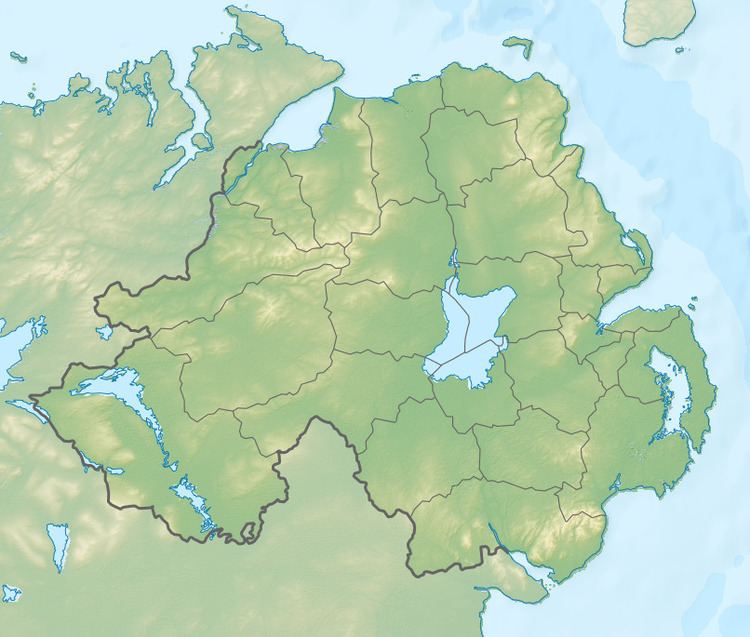None 1 killed | Date 6 May 1990 | |
 | ||
Unknown Lance SergeantGraham Stewart † Similar Flagstaff hill incident, Coagh ambush, 1997 Coalisland attack, 1978 British Army Gaz, Clonoe ambush | ||
Operation conservation mission
Operation Conservation was a British Army attempt to ambush a large Provisional Irish Republican Army (IRA) unit along the Dorsey Enclosure, between Cullyhanna and Silverbridge, in south County Armagh. The action took place on 6 May 1990. The operation was uncovered and thwarted by the IRA South Armagh Brigade.
Contents
Operation conservation
British plan
The British Army, in the hope of luring a large IRA active service unit into attacking an entrenched Light Infantry unit, deployed its troops around the route between Cullyhanna and Silverbridge. A heavy machine gun ambush had taken place on another Light Infantry patrol on 28 April near the same area. More than 180 rounds were fired and a soldier was wounded in the leg.
The main position was to be surrounded and watched by 16 concealed sections belonging to the 2nd Battalion Scots Guards. The goal was to surprise and kill any IRA unit attempting to penetrate the area.
The action
The troops were inserted into the zone on the first hours of 3 May. The IRA South Armagh Brigade watched these movements and was able to spot several of the hidden observation posts (OPs). Eventually, they decided to attack one of the British positions at Slatequarry, near Cullyhanna, which was in the more vulnerable situation. According to author David McKittrick, the British soldiers were lured to an open field after seeing smoke coming from the chimney of a derelict building.
On the very first hours of 6 May, the exposed British position began to receive heavy fire from an IRA unit emplaced on the slope of a hill nearby. The OP was attacked with two 7.62 mm GPMGs and a Heckler & Koch G3 rifle; the latter used to cover the machine gun team's retreat towards Slatequarry road, where a vehicle was waiting to pick them up. A bomb was planted between the OP and the road, to prevent any attempt to give chase. The IRA members fired their machine guns from a rocky terrain next to an abandoned building. The shooting lasted some 90 seconds, and a total of 316 rounds were expended by the two sides. The section's leader, Lance Sergeant Graham Stewart was hit and died of wounds the following day.
Aftermath
The sudden counter-ambush disrupted the British operation, and the officer in charge aborted it. He later stated that:
In military terms, it was one of the IRA's finest attacks in South Armagh. They picked out the COP team in the most exposed position. With hindsight, it was the one weak link in the operation and it says something for the IRA's tactical and field skills that they identified that fact before we did.
After the incident, another British senior officer concluded that a skillful gun team was operating at that time near Cullyhanna. On 20 September, another soldier was hit and wounded in that area during a heavy machine gun attack on a 1st Cheshire Regiment patrol at Drumalt. The IRA unit responsible for the ambushes was nicknamed the "Cullyhanna Gun Club" by the British army. Author Toby Harnden suggests that the IRA show of force proved again that they could dispute the ground to the troops everywhere in South Armagh due to its better knowledge of the terrain and use of rugged soil to conceal positions.
Lance Sergeant Stewart was 24 at the time of his death. He was buried with full military honours in his home town of Perth, Scotland on 11 May 1990.
